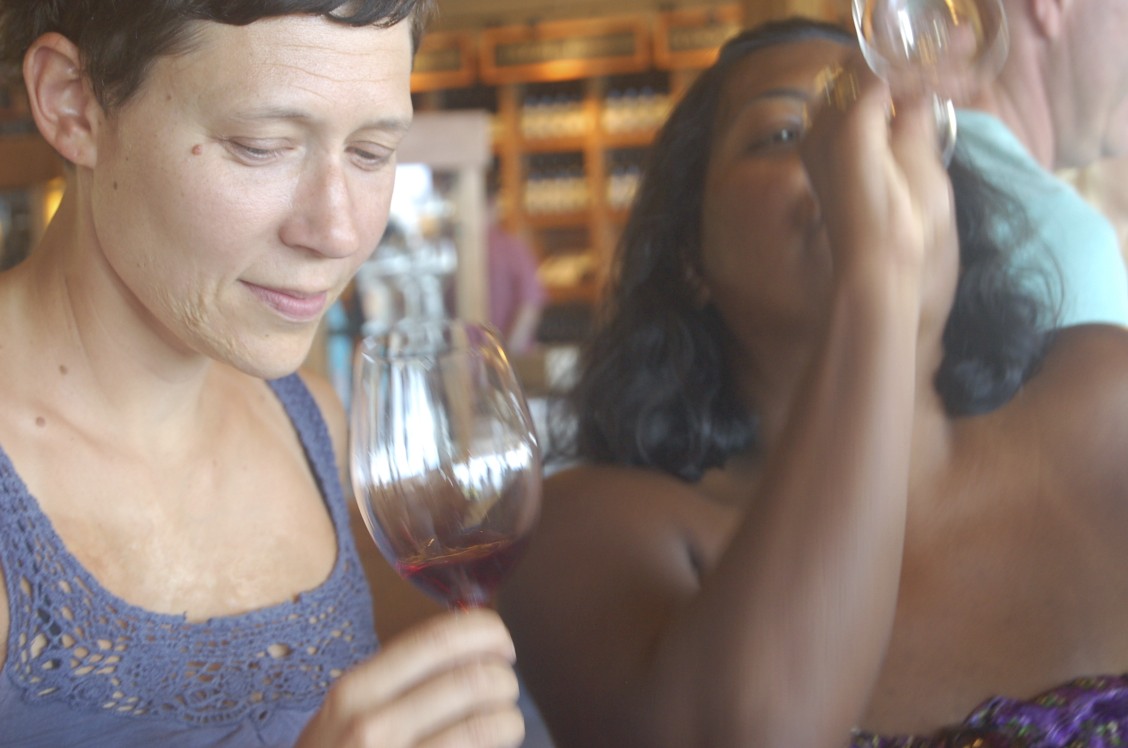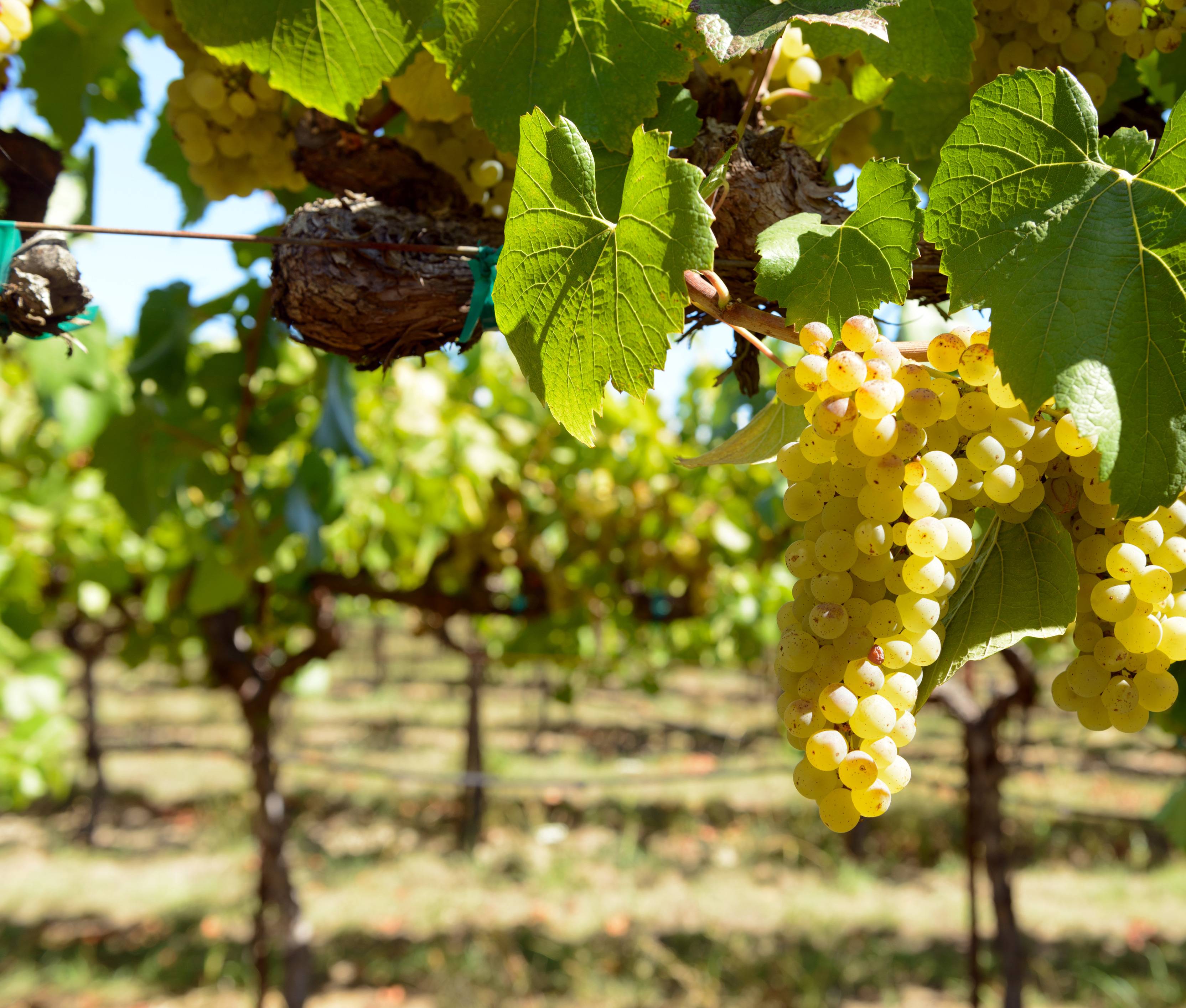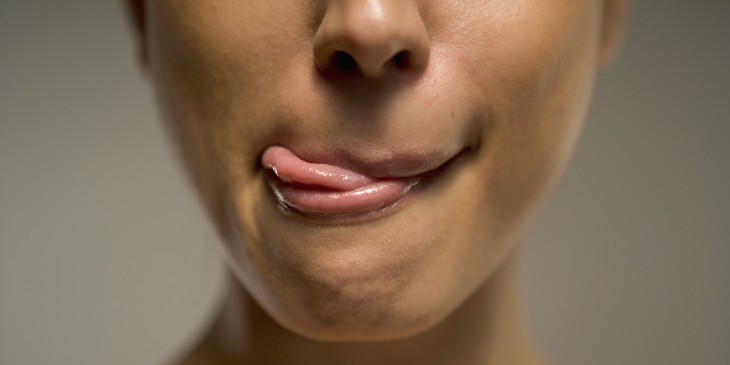Have you tried a particular wine that seemed to have a spicy smell, or one that reminded you of your favorite childhood candy? Some people have a naturally extensive palate, and are able to detect things in wine that seem odd to others. If all wine tastes the same to, you can still develop your palate with these six simple tips.
What Is Your Palate?
When people speak of a palate, they are actually referring to taste buds, the tongue, the inside of the mouth, and the sense of smell. In order to develop a better palate, you should begin by focusing special attention on the sensations that wine gives you in these areas. In order to develop an exceptional palate, you will need to go even further, by priming and protecting your palate. However, these expert techniques are not the topic of this guide. For now, develop your palate with the following techniques:
- Take your time
- Observe and smell before you taste
- Try to isolate flavors and visualize them
- Identify a particular flavor and move on to the next
- Texture and body counts
- Create a reserve of memories
1. Take Your Time
Did you ever take your time to slowly enjoy a delicious chocolatey treat? Perhaps you like to slowly eat your favorite meal, noting the tastes and textures that flow through your senses. Instead of simply quaffing your drink, or rushing to the next variety for tasting, you need to develop the discipline to allow your senses to thoroughly examine each aspect of a wine. Give the wine time to pass over each individual sense, working your way through your entire palate.
2. Observe and Smell Before You Taste

photo credit: hunting and gathering
Before you grab a glass of wine and start tasting, take a moment to look and smell. How a wine looks is less important than its smell, but each have an effect on how you perceive the wine. This theory can be tested with a simple blindfolded tasting. Without seeing the wine and, more importantly, smelling it, even a white wine could be mistaken for a red. Without your sense of smell to guide you, the mouth and tongue often find only texture.
Some people are known as “supertasters”, because they and have above-average sense of taste. Foods and drinks that are bitter, sweet, or salty can seem very strong to a supertaster.
3. Try to Isolate Flavors and Visualize Them
You might have noticed people closing their eyes while they savor a glass of wine. What they might be doing is imagining the different elements on their palate. It helps to close your eyes and try to create visual images of the different flavors that you detect. Do you smell a hint of rose, as well as a hint of cherry? Try to picture roses and cherries, and work out what smell is stronger. As well as picturing the flavors, try to isolate them; if you have imagined the flavor of cake, think about what particular ingredients might be in that cake. Is there vanilla? Can you detect cinnamon? After you have refined your palate, some wines will be obvious to you, as soon as you taste them.
4. Identify a Particular Flavor and Move On
It can be easy to focus on a particular flavor once you have found it, especially if you are a beginner. Yes, it can be exciting to find new abilities in your palate; once you have identified a particular element, even if it is truly unique to you, move on and try to discover what else is in the wine. Even a subtle hint of a flavor is important to the overall taste.
5. Texture and Body Count
Wines have more to them than sweetness and fruitiness. Texture is an important element, and it affects how your other senses experience each wine. Some wines, although sweet, have an oddly oily kind of texture. There are other factors that affect the way a wine feels, such as where the tannin hits your mouth.
6. Create a Reserve of Memories
There is no point in identifying a range of different characteristics for wines, unless you continue to collect and keep them. You can use these memories when you first taste a new wine, as well as when you are looking for something new to try. Your wine tasting memories are a great tool for excelling in blind tastings. They can also help you to pair foods with the most appropriate wine choice. You do not have to remember every little thing that you have ever detected in every glass of wine. It helps to take notes, and keep them safe, if you intend on truly developing your palate.


